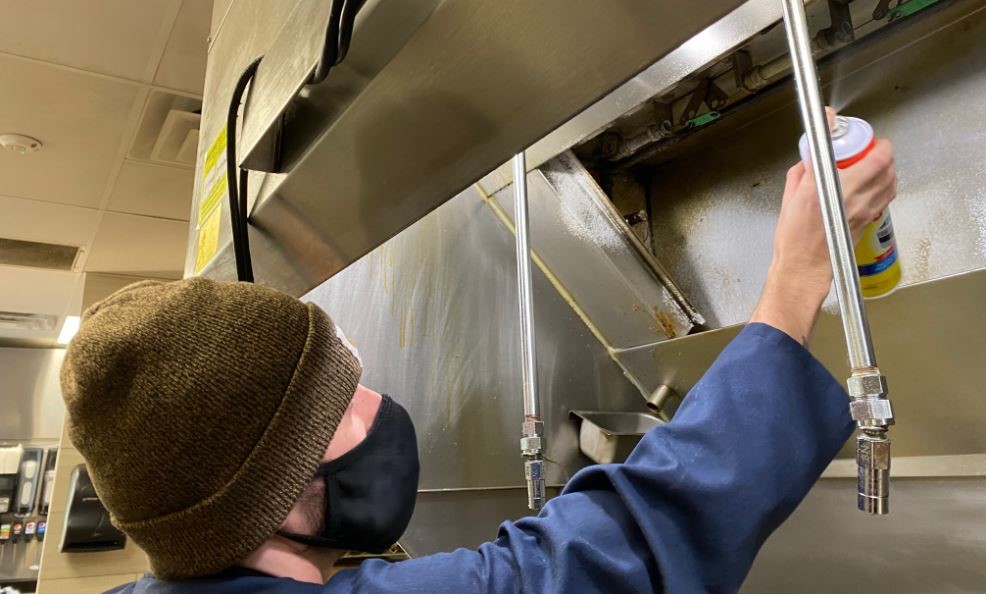The process of DIY hood cleaning, though seemingly straightforward, can be fraught with common yet avoidable pitfalls that could potentially compromise safety and efficiency. Key concerns include the risk of electrical accidents, the use of inappropriate cleaning agents that can damage the hood, and the overlooked areas that can cultivate grease accumulation, posing a fire hazard. Additionally, disregarding the use of personal protective equipment can expose individuals to harmful chemicals and debris. By addressing these issues, we can begin to explore effective strategies for safer, more effective DIY hood cleaning.
Understanding Hood Cleaning Basics
In the realm of kitchen maintenance, understanding the basics of hood cleaning is an essential step toward ensuring a healthy and safe cooking environment.
Over time, grease and grime can accumulate within your kitchen hood, potentially leading to a hazardous fire. Regular maintenance involves a thorough cleaning of the hood filters and the interior surfaces, ensuring that all grease deposits are removed.
This typically involves a process of dismantling, cleaning with a degreasing solution, and reassembling the hood.
Furthermore, the surrounding area, including the stovetop and backsplash, should be cleaned to prevent cross-contamination.
Neglecting these basic principles can lead to a buildup of unwanted residues, compromising both the performance of your hood and the safety of your kitchen.
Common Mistakes in DIY Hood Cleaning
Numerous pitfalls can occur when performing a DIY hood cleaning, and becoming aware of these common mistakes can significantly improve the efficacy of your maintenance routine.
One commonly overlooked aspect is neglecting to disconnect the power source before cleaning, risking electric shock or damage to the hood.
Another error is using incorrect or harmful cleaning solutions that can corrode metal components, impairing the functionality of the hood.
Many also fail to thoroughly clean all parts of the hood, including the filters and the vent, which can lead to grease build-up and potential fire hazards.
Lastly, the lack of proper protective gear can expose the cleaner to harmful chemicals and debris.
In sum, the process of DIY hood cleaning, if not executed with meticulous care, can lead to unforeseen complications. Ironically, the attempt to save costs might incur more in damages. Thus, appropriate safety measures, the correct cleaning agents, comprehensive cleaning, and the use of protective gear are paramount. These measures ensure not only the longevity of the hood but also the safety of the individual involved in the cleaning process.

